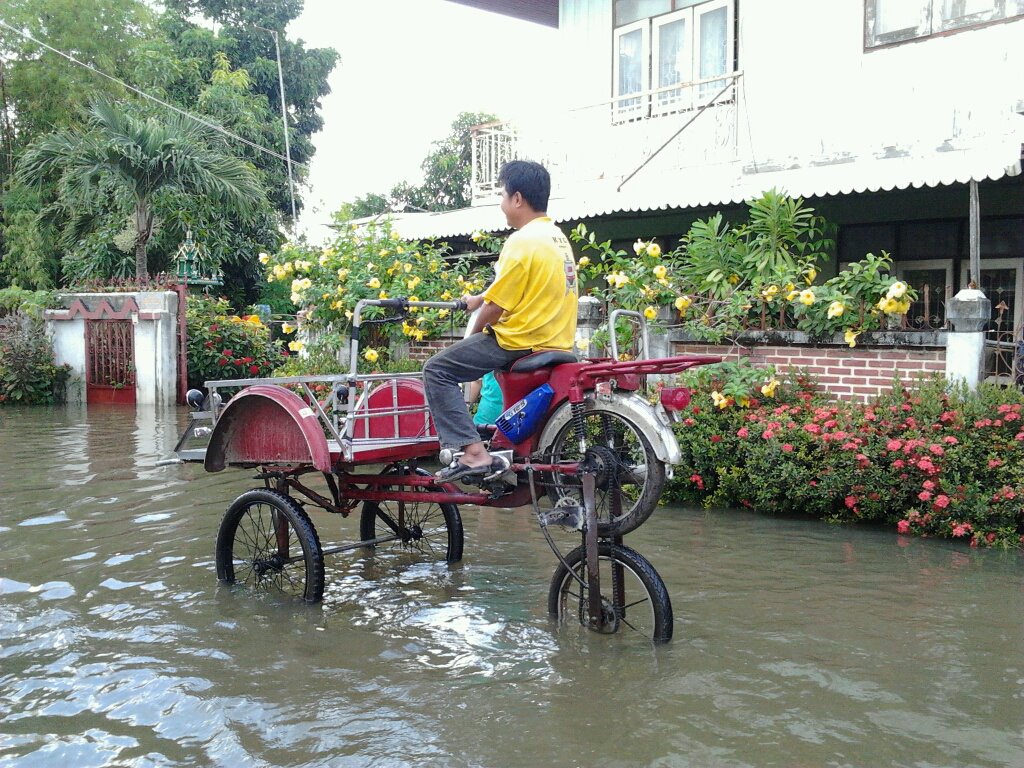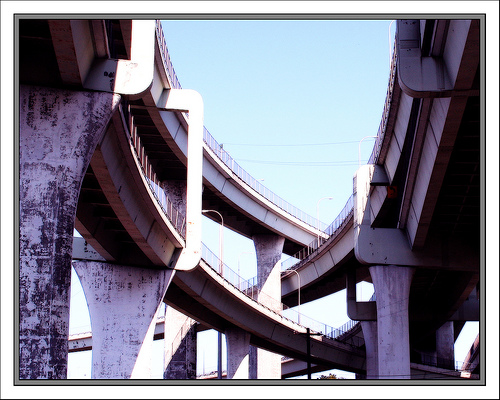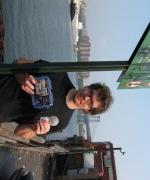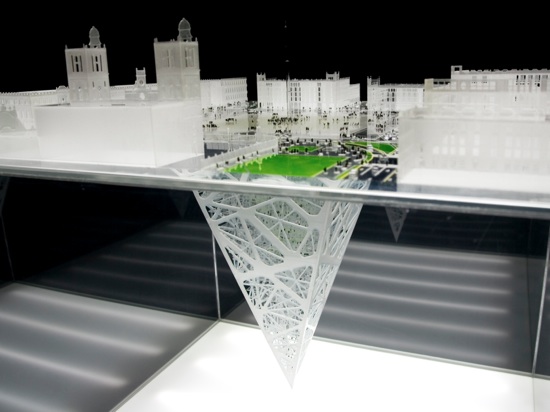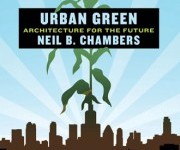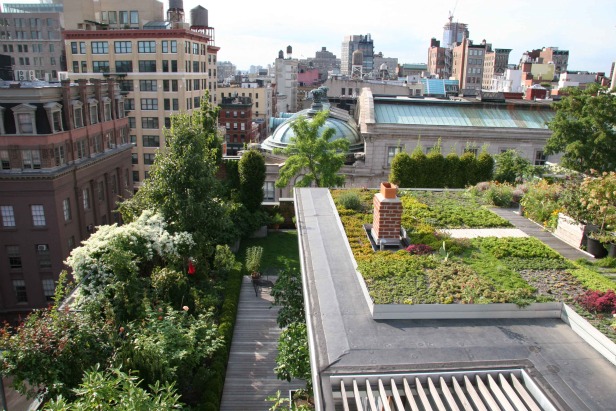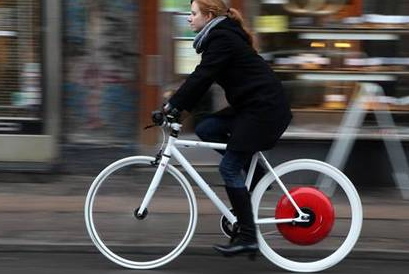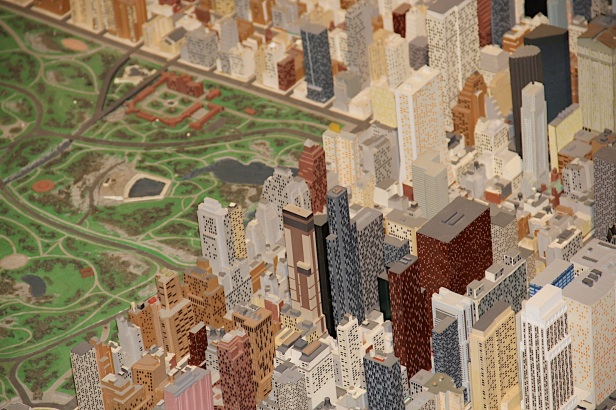Climate Buildings
All Stories
-
Thailand’s DIY climate adaptation solutions
It's more likely than not at this point that climate change will substantially alter the world we live in, and humans will have to adapt. Climate adaption plans usually invoke big ideas, like sea walls and dykes and drought-resistant crops. But the response to the floods (likely due to climate change) that have devastated Thailand […]
-
Why cities should destroy their highways
America has a huge transportation infrastructure deficit, which means lots of our highways are due to be rebuilt. But according to Next American City editor at large Diana Lind, we'd be better off simply knocking them down, especially the ones that blight our cities. It's been done before, reports Andrew Nusca at SmartPlanet: After the […]
-
A DIY bike lane in Mexico City
Tired of waiting for the Mexico City government to deliver on a promise to build 186 miles of bike lanes (they've managed 14), a group of residents decided to take matters into their own hands. Eighty people from local pedestrian and bike organizations built three miles of priority bike lane in eight hours. These bike lanes […]
-
Drain-eye shaman puts sensors in New York’s sewers
Grist is proud to present the Change Gang — profiles of people who are leading change on the ground toward a more sustainable society and a greener planet. Some we’ve written about before; some are new to our pages. Some you’ll have heard of; most you probably won’t. Know someone we should add to the […]
-
Mexico City’s ‘earthscraper’ would be a 1,000-foot underground building
BNKR Arquitectura wants to build a pyramid that penetrates nearly 1000 feet into the earth below Mexico City's largest and most historic public square. Its upper floors will be illuminated through a glass ceiling that will replace the paving stones of the current square, and its deepest reaches will receive daylight piped in from fiber-optic […]
-
Putting the wilderness back in our cities
Neil Chambers’ new book, Urban Green: Architecture for the Future, is a study in imprecision. Ankle deep and a mile wide, the book reads like a half-baked primer in green design and conservation science. It could have used another year or two in the oven. It’s too bad. At the heart of this book — […]
-
Universities try to out-green each other in bid for NYC science campus
New York City is fielding proposals from universities to build a new science and technology campus on Roosevelt Island, and the competition is showing how desirable green buildings are becoming. The two front-runners, Cornell and Stanford, are falling over themselves to offer all manner of green features in their plans: acres of solar panels, geothermal […]
-
‘I will rather invest in cycle tracks than freeways,’ says Danish politician
Denmark is going to be the best cycling country in the world. Cycling leads to better public health, a cleaner urban environment, and helps us reach our climatic goals. So I will rather invest in cycle tracks than freeways!
So sayeth Margrethe Vestager, the new Danish minister of the economy and the interior. Vestager wants to increase the share of trips taken by bicycle 50 percent in 10 years, with at least half of those trips representing a replacement of a car with a bike.
-
People love smart cities, as long as you don't call them smart cities
The vast majority of Americans — almost 80 percent — are totally on board with living somewhere that's close to jobs and schools, where the environment is clean and you don't have to spend much money on gas. They just don't want to live in places that are "sustainable" or involve "smart growth," because that […]
-
How Central Park cools the entire planet
Like all urban parks, Central Park cools New York City through evaporation. That is, its plant life and ponds give off moisture, which takes heat energy with it. It's as if the park sweats.
Until recently, though, we didn’t know whether green spaces cool the planet as a whole.
